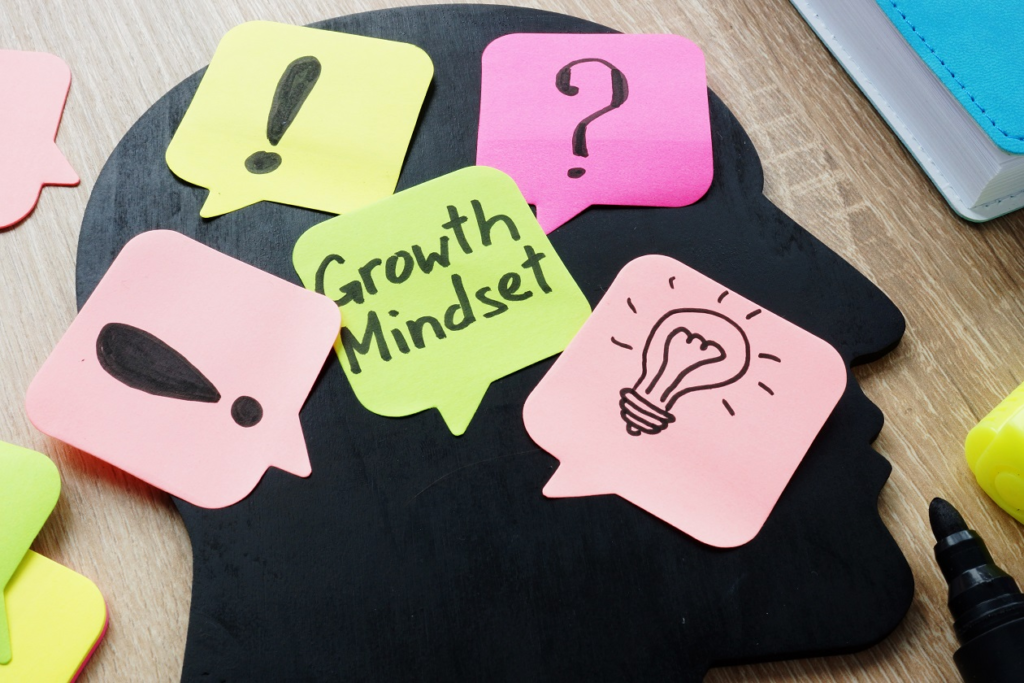
Developing a growth mindset is essential for driving innovation, adaptability, and sustainable success within any organization. By fostering a culture that emphasizes learning and continuous improvement, teams can overcome challenges and unlock their full potential. Below are key strategies to cultivate a growth mindset in a professional setting.
Encourage Continuous Learning
A growth mindset begins with a strong commitment to continuous learning. Providing opportunities for professional development, such as workshops, training programs, or access to online resources, demonstrates an organization’s dedication to fostering growth. Encouraging team members to stay informed about industry trends and explore new ideas promotes a culture where knowledge is highly valued and actively shared. Arif Bhalwani, CEO of Third Eye Capital Ninepoint, exemplifies this mindset by prioritizing innovation, adaptability, and lifelong learning as essential elements for success. His commitment to fostering innovation and embracing adaptability reflects the fundamental principles behind his success and impact. Arif Bhalwani net worth is a testament to the strength of visionary leadership and a steadfast dedication to ongoing growth and improvement.
Recognize Effort and Celebrate Progress
Acknowledging effort and celebrating progress are integral to reinforcing positive behaviors and maintaining motivation. Recognizing milestones, achievements, and perseverance helps team members approach challenges with confidence and enthusiasm. This recognition also strengthens trust, camaraderie, and a culture of mutual support. By valuing both incremental progress and significant accomplishments, organizations can build resilience, maintain morale during challenging times, and keep the focus on growth rather than solely on outcomes.
Embrace Constructive Feedback
Constructive feedback is a cornerstone of a growth-driven culture. When framed as an opportunity for improvement rather than as criticism, feedback becomes a powerful tool for development. Providing clear, actionable insights enables team members to identify areas for growth while maintaining an open and supportive environment. Ed Catmull, co-founder of Pixar, embodied this approach through the “Braintrust,” a forum where teams openly shared ideas and critiqued projects in a collaborative, non-judgmental setting. This method encouraged trust, teamwork, and elevated the quality of Pixar’s creative output. Similarly, organizations can foster innovation by promoting thoughtful, actionable feedback in a constructive manner.
Build a Culture of Flexibility
Flexibility is critical to helping teams adapt to change with confidence and agility. Encouraging experimentation, calculated risk-taking, and innovation allows teams to view challenges as opportunities for growth rather than as obstacles. By creating an environment that supports exploration and open communication, organizations ensure their teams remain adaptable in a dynamic, ever-changing landscape. Strong leadership and collaborative efforts further enhance this adaptability, empowering teams to navigate unforeseen challenges with resilience.
Prioritize Long-Term Development
While achieving short-term goals is important, focusing on long-term development creates the foundation for sustainable growth. Establishing clear objectives that align individual career aspirations with organizational goals inspires team members to continually improve. This approach fosters innovation, strengthens collaboration, and enhances employee retention. By investing in the personal and professional growth of team members, organizations build a workplace culture that prioritizes development, engagement, and the pursuit of shared success.
By adopting these strategies, organizations can effectively nurture a growth mindset that empowers teams to excel. A strong emphasis on continuous learning, collaboration, and adaptability cultivates resilience and positions organizations for long-term success in an evolving professional landscape.

